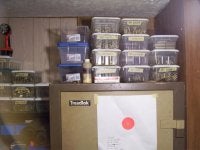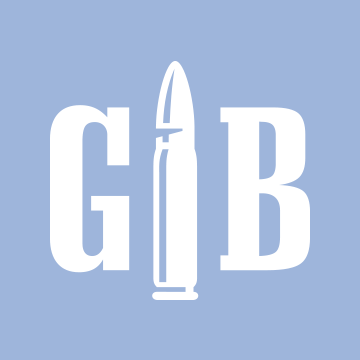hi all, new to reloading... successfully made 38 specials, now attempting to reload 223. this is somewhat different so a couple quick questions:
1) my deluxe set did not come with a powder through die.. .should i get one? obviously this will speed up production but anything speaking against this?
2) as i picked up all my brass at the range (from other shooters) i have to do a full length resize i found out (not just the neck). somebody told me NOT to lubricate the neck, only the body and the mouth . is this correct?
PS i put some of these shells into a shell gage (before doing anything to them) and would jam at the last 1/4 inch or so. sign that it need full length resizing?
3) how to use the included dipper. my deluxe 223 kit has a yellow dipper. but the 2 rifle powders i bought are H322 and H335 - not on the data sheet. but it seems like all powders get the full dipper amount. is this true? and what is the proper way to measure with the dipper. up to the top?
1) my deluxe set did not come with a powder through die.. .should i get one? obviously this will speed up production but anything speaking against this?
2) as i picked up all my brass at the range (from other shooters) i have to do a full length resize i found out (not just the neck). somebody told me NOT to lubricate the neck, only the body and the mouth . is this correct?
PS i put some of these shells into a shell gage (before doing anything to them) and would jam at the last 1/4 inch or so. sign that it need full length resizing?
3) how to use the included dipper. my deluxe 223 kit has a yellow dipper. but the 2 rifle powders i bought are H322 and H335 - not on the data sheet. but it seems like all powders get the full dipper amount. is this true? and what is the proper way to measure with the dipper. up to the top?








